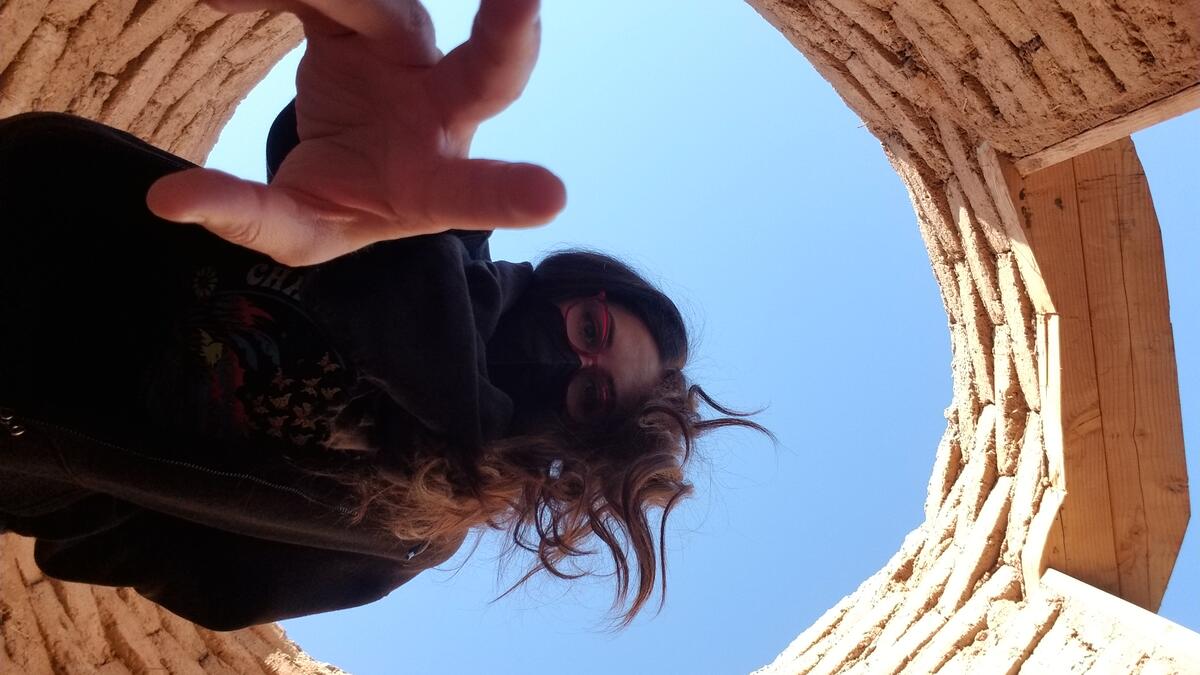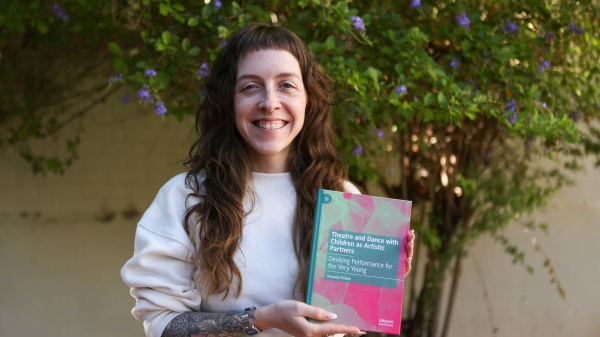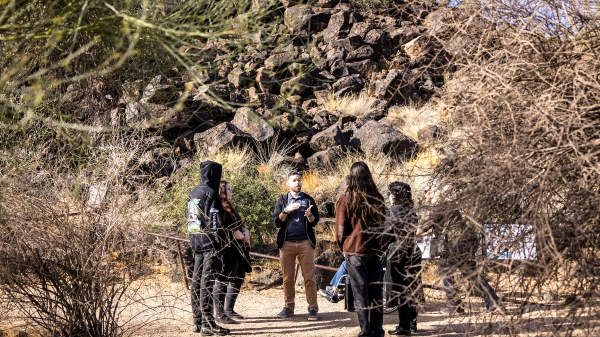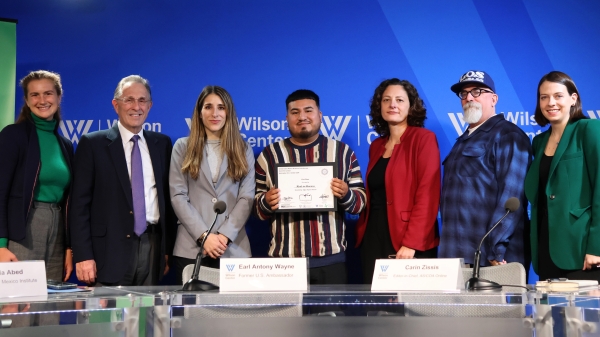Scholar, artist brings new meaning to desert places

The ASU Social Transformation Lab will host scholar and author Celina Osuna as its Postdoctoral Scholar Lecturer for a talk titled "Desert Distortion" on Thursday, Jan. 26. Photo courtesy Celina Osuna
If you Google image search the word “desert,” you’ll find a series of glamorized yet homogenous landscapes of sand dunes, mountains, open sky — and a significant lack of people.
Scholar and author Celina Osuna works to understand the relationships between these perceptions and their connection to lived experiences and land use of deserts.
On Thursday, Jan. 26, the Social Transformation Lab at Arizona State University will host Osuna as its Postdoctoral Scholar Lecturer for a talk titled "Desert Distortion." The talk will explore Osuna's current research on the aesthetics of desert places in literature, art and film, and their impact on cultural imagination and geopolitical relationships to land, with an emphasis on Indigenous and Latino environmentalisms.
Registration for the event is now open.
Born in El Paso, Texas, Osuna is a student of desert places. She’s one who sees the Valley as a vast and beautiful place, but knows there is more to it than what meets the eye.
In a challenge to "desert-as-void thinking," Osuna’s talk will explore the reciprocal bonds between place, stories and animacies that reveal the multiplicity and possibility of desert places by turning to the poetry of three Indigenous women writers — Ofelia Zepeda, Leslie Marmon Silko and ASU's own Natalie Diaz.
Through close readings and an interdisciplinary analysis bridging the environmental humanities and Indigenous studies, Osuna employs desert distortion to emphasize story as an epistemological practice.
Her monograph "Desert Distortion" is under contract with Texas Tech University Press and explores distortion as a desirable technique emerging from entanglements with desert places — their stories, material conditions and representations — through which we as humans become better kin to our other-than-human relatives and each other.
More Arts, humanities and education

ASU professor explores theater, dance for young children in new book
Arizona State University Assistant Professor Amanda Pintore believes in the artistic capacity of very young children. She's…

Petroglyph preserve celebrates 30th anniversary with ancient, modern tales
The Deer Valley Petroglyph Preserve provides a beautiful walk through a pristine desert where chuckwalla lizards are as plentiful…

Kaleidoscope short film contest inspires powerful binational filmmaking in its second year
“We come to this country not to steal anybody’s jobs but to take advantage of the opportunities that the rest ignore. We’ve been…